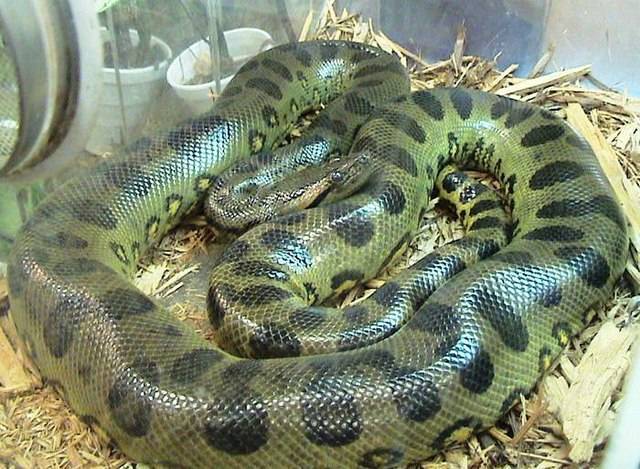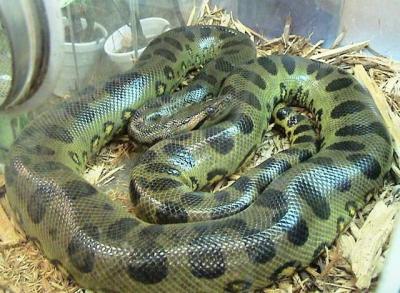Dutch biologist Frik Funk has discovered the "largest snake in the world," measuring 7.92 meters in length and weighing 199.58 kg, in the Amazon rainforest. Researchers have named the new species Eunectes akayima, which means northern green anaconda. So far, only one species of "green anaconda" (or giant) was found in the Amazon region. This anaconda, found in the rivers and wetlands of South America, is known for its lightning speed and ability to take life from its prey by wrapping around it and suffocating it before swallowing it whole.
A recent study conducted over several decades has found that the green anaconda consists of two genetically distinct species. Researchers working with the Waorani indigenous people captured and studied several samples of the northern green anaconda (Eunectes akayima) in the Bamino area of the Paiewan and Waorani region in the Ecuadorian Amazon. The new study published in the journal Diversity described the "northern green anaconda" as a distinct species. Funk stated, "It appears that the green anacondas found in the northern part of their range in South America, including Venezuela, Suriname, and French Guiana, belong to a completely different species."
He added, "The Amazon region is under severe pressure from climate change and ongoing deforestation. Over one-fifth of the Amazon has already disappeared, which is more than 30 times the area of the Netherlands. The survival of these famous giant snakes is closely related to the protection of their natural environment." Professor Jesús Rivas, the lead author of the study, noted that he first realized there was more than one species of green anaconda. He said, "I have been studying anacondas for 32 years, so this raises the question of how many other species we know nothing about. If such an animal can go unnoticed for many years, what about less known and less studied animals and plants?"




